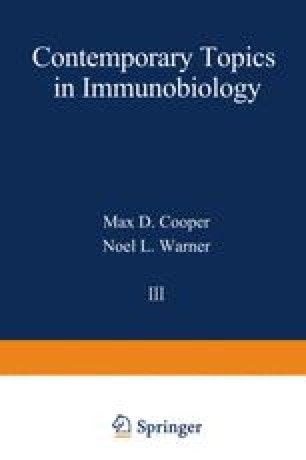

However, the foundational method for detection of those targets - immunofluorescence - makes discrete identification of high numbers of targets inherently difficult due to overlapping emission spectra of related fluorophores. In turn, the simultaneous use of multiple markers is critical to study the behavior of an increasing number of B-cell populations of different functional significance 3. As such, its ability to provide increased breadth or depth of cellular characterization is a direct reflection of the number of cellular markers that can be simultaneously and discretely identified with high confidence.

Since its inception, flow cytometry has served as a cornerstone technology in the identification and classification of leukocytes into increasingly refined subpopulations 6. FACS, fluorescence-activated cell sorting UMAP, uniform manifold approximation and projection HD, healthy donor. Resulting mAbs, patient plasma or ex vivo ASC (MENSA) cultures can then be applied to multiplex antigen-screening tools to identify relevant viral and autoantigen reactivities across a multitude of platforms. Using this multi-omics approach, single cells of interest can be identified for mAb production to screen and identify potential binding partners. Cells that are either directly sorted based on fluorescent markers or recovered from single-cell functional assays can then be shunted into single-cell sequencing applications to investigate the transcriptomic, epigenetic and repertoire features of interest from selected B-cell-derived populations. Cell sorting of these analysis platforms allows for single-cell functional testing of ASCs to identify clonotype specificity and neutralizing potential, and for real-time screening for therapeutic potential. Application of high-dimensional flow cytometry panels to collected PBMCs can reveal alterations in B-cell activation pathways, antigen-specificity tracking and memory emergence and persistence, and anticipate B-cell effector functions. Routine ethylenediaminetetraacetic acid (EDTA) tube blood collection from human patients with COVID-19 can be readily processed into plasma and peripheral blood mononuclear cell (PBMC) fractions for downstream investigation. The study of B-cell responses in this context, responsible for antibody production in both vaccination and infection, has been a critical point of focus throughout the pandemic in understanding natural immunity development against SARS-CoV-2, vaccine longevity and memory durability against emergence viral variants. The confluence of public health need, scientific opportunity and unparalleled technological and computational tools has provided a unique opportunity to understand the underpinnings and broad heterogeneity of the human immune response in general, and particularly in the context of primary immune responses. As overwhelming evidence has accumulated to indicate the participation of inflammatory and autoimmune responses in adverse outcomes, there is a major need to understand the immunological underpinnings of protective and pathogenic responses to a life-threatening virus for which there was little, if any, preceding immunological memory. The COVID-19 pandemic is extracting an enormous toll on human populations worldwide.


 0 kommentar(er)
0 kommentar(er)
